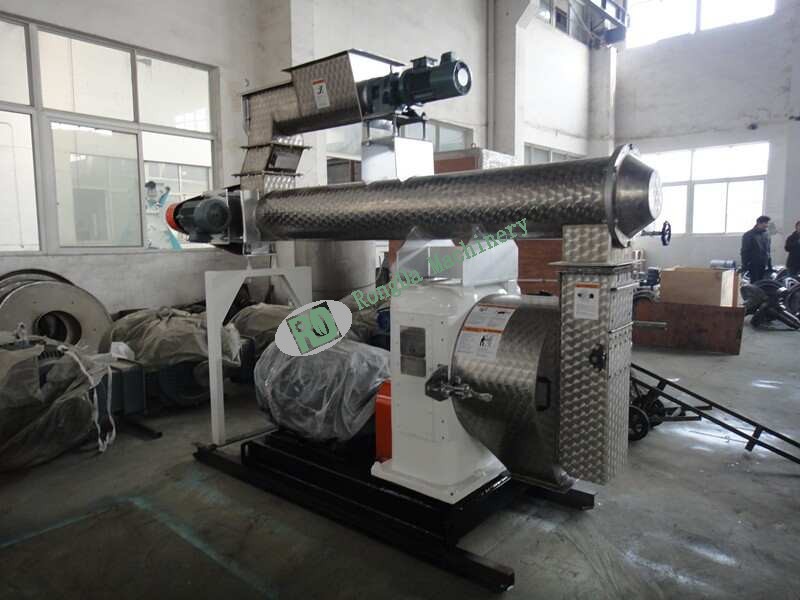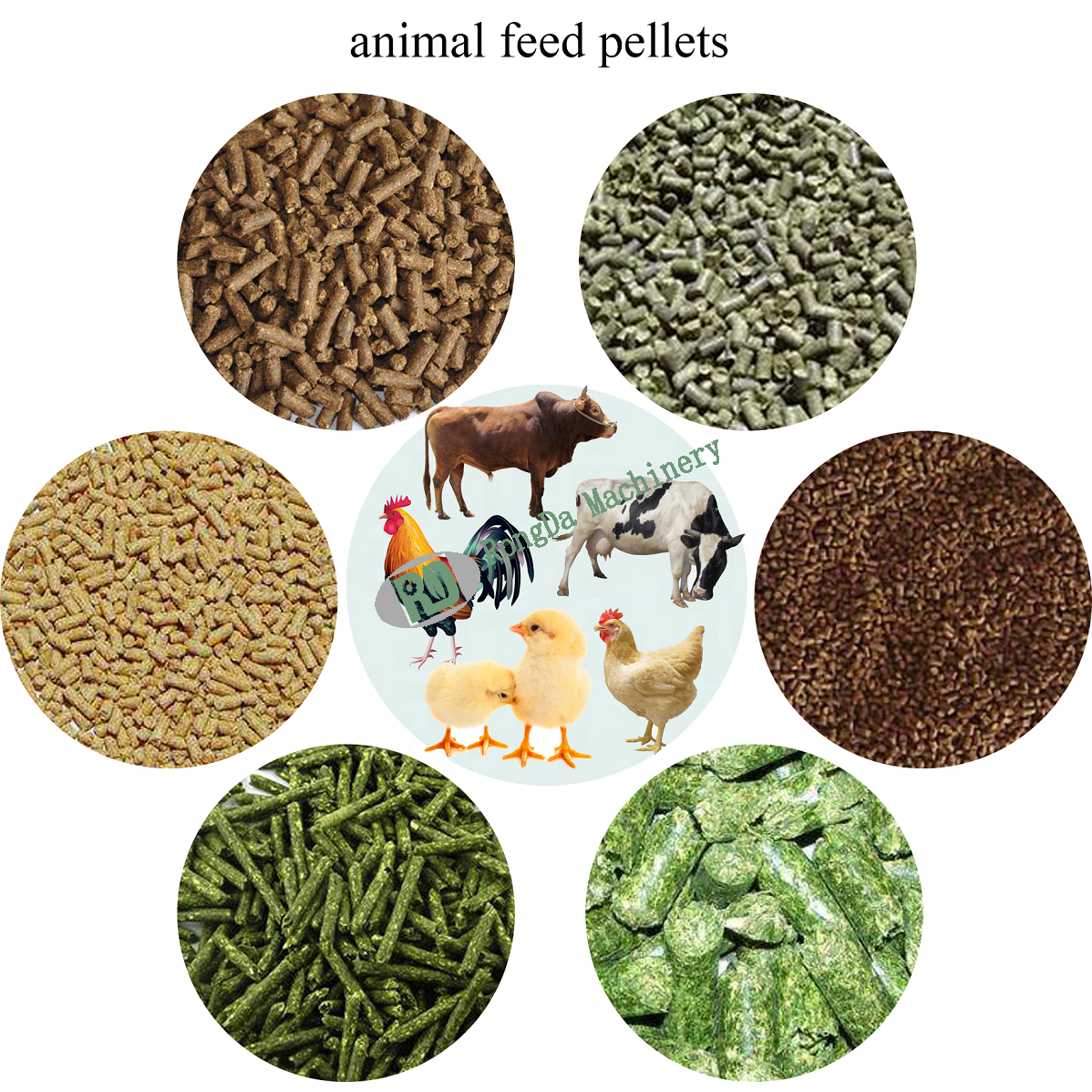Welcome to Rongda Machinery Co., Ltd
Toggle Navigation
The Ultimate Guide to Choosing the Best Animal Pellet Machine for Your Farm
If you're in the livestock or poultry industry, you know the importance of high-quality feed. An animal pellet machine is a game-changer for producing nutrient-rich, uniform feed pellets tailored to your animals' needs. But with so many options available, how do you select the right one? This guide breaks down everything you need to know—from benefits to buying tips—ensuring your investment boosts efficiency and animal health.
Cost-Effective Feed Production
Homemade pellets reduce reliance on commercial feed, cutting long-term costs. By processing raw materials like grains, grass, or agricultural waste, you control ingredient quality and proportions, ensuring optimal nutrition for livestock, poultry, or pets.
Improved Digestibility
Pellet machines compress feed into compact forms, enhancing digestibility. Heat generated during processing also neutralizes harmful bacteria, promoting animal health and growth rates.
Reduced Waste
Pellets minimize feed spillage and spoilage, especially in humid conditions. Their uniform size prevents selective eating, ensuring animals consume balanced diets.

When comparing models, prioritize these factors:
Capacity: Match the machine’s output (kg/h) to your farm’s needs. Small-scale farms may opt for 50–100 kg/h models, while large operations require 500+ kg/h machines.
Durability: Stainless steel or hardened alloy dies resist wear, extending the machine’s lifespan.
Versatility: Look for adjustable pellet sizes (2–12 mm) to accommodate different animals—chicks, pigs, cattle, or fish.
Energy Efficiency: Electric models suit indoor use, while diesel-powered machines are ideal for remote areas.
Regular Cleaning
Residual feed can clog the machine. Disassemble and clean the die, rollers, and hopper after each use to prevent corrosion and maintain efficiency.
Lubrication
Apply food-grade lubricant to bearings and shafts weekly to reduce friction and overheating.
Inspect Wear Parts
Replace worn dies or rollers promptly to ensure consistent pellet quality.
Ignoring Raw Material Moisture: Ideal moisture content is 12–18%. Too dry? Pellets crumble. Too wet? They clog the machine.
Overloading the Machine: Exceeding capacity strains the motor, leading to breakdowns. Follow the manufacturer’s guidelines.
Skipping Safety Protocols: Always wear gloves and goggles when operating the machine to avoid injuries.

Q: Can I use a pellet machine for different animal feeds?
A: Yes! Adjust the die size and formula—e.g., higher protein for poultry, more fiber for cattle.
Q: How long does a pellet machine last?
A: With proper maintenance, 5–10 years. Opt for brands offering warranties and spare parts.
Ready to Transform Your Feed Production?
Investing in a reliable animal pellet machine streamlines your workflow, improves animal health, and slashes feed costs. For tailored recommendations or expert advice, contact our team today—we’ll help you find the perfect fit for your farm!